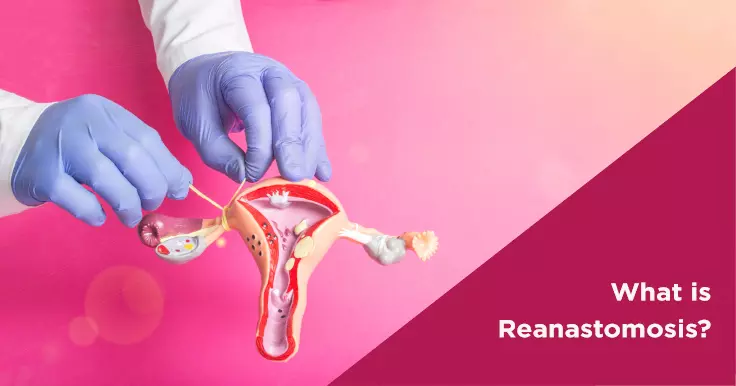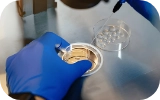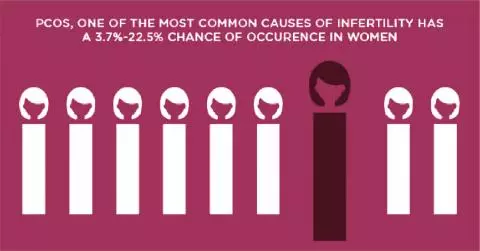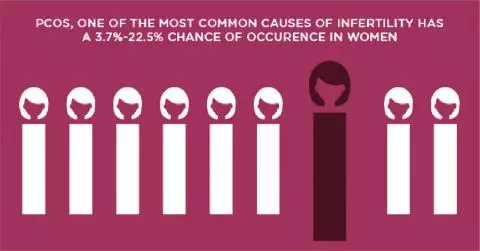Fallopian Tube Reanastomosis: Reversing Tubal Ligation

Ever wondered how a woman who has undergone tubal ligation can conceive when she wants to? She just has to undergo a procedure called reanastomosis. It is a type of surgical procedure which reconnects two body structures by reversing the surgery which was used to disconnect these structures. For instance, if a woman has had her fallopian tubes tied previously, she can get the tubes reconnected with reanastomosis of fallopian tube. Let's take a look at how reanastomosis of fallopian tube can improve the chances of conception.
How Reconnecting Fallopian Tubes Help in Conceiving
The fallopian tube plays an important role in transporting the fertilised egg from the ovary to the uterus. Many women decide to get their tubes tied as a birth control measure. When the tubes are tied, the sperm cells can't find their way to fertilise the egg released from the ovary. When a woman with tied tubes decides to have a child, she can opt for reanastomosis of fallopian tube.
What Happens During the Procedure?
Unlike Fallopian Tube Recanalization (FTR), in which no surgery is required to unblock the tubes, reanastomosis requires a surgery. In order to untie the fallopian tubes, a small incision will be made on your abdomen. Small instruments and a laparoscope are used for the untying purpose. The patient will be given general anesthesia so that the surgical procedure can be done easily, without any hassle.
Who can go for Reanastomosis?
However, the reanastomosis procedure is not for all. Your age and the health of your fallopian tubes and other reproductive organs are some of the factors that determine if you can undergo this procedure or not. Reanastomosis of fallopian tube is not recommended for women over 40 years of age, those with pelvic adhesions, and those who have some abnormalities in their uterus or reproductive organs.
 Infertility Counselling
Infertility Counselling Female Infertility Treatment
Female Infertility Treatment Andrology Treatment
Andrology Treatment Fertility Enhancing Surgeries - Female
Fertility Enhancing Surgeries - Female Fertility Enhancing Surgeries - Male
Fertility Enhancing Surgeries - Male Endoscopy Treatment
Endoscopy Treatment IUI Treatment
IUI Treatment IVF Treatment
IVF Treatment ICSI Treatment
ICSI Treatment Advanced IVF Solutions
Advanced IVF Solutions Embryology
Embryology Vitrification Egg, Embryo, Sperm Freezing
Vitrification Egg, Embryo, Sperm Freezing Preimplantation Genetic Testing (PGT)
Preimplantation Genetic Testing (PGT) Donation Program Embryo / Egg / Sperm
Donation Program Embryo / Egg / Sperm Self-cycleTM IVF
Self-cycleTM IVF

 Self-cycleTM IVF
Self-cycleTM IVF










